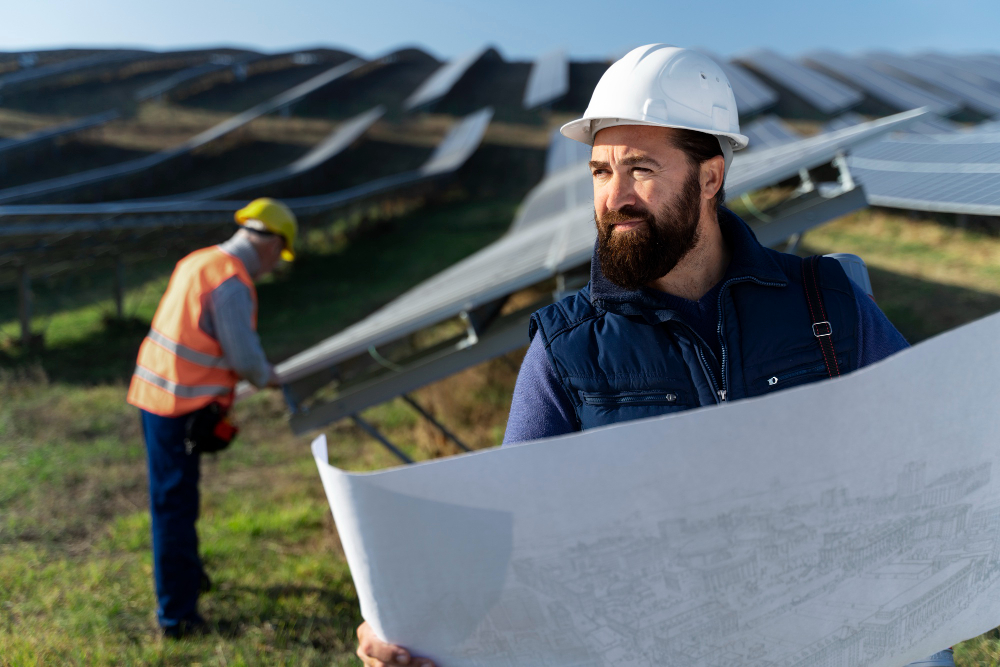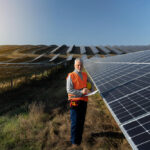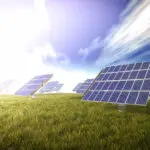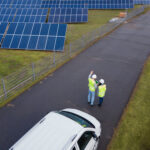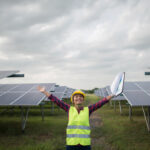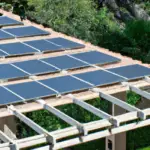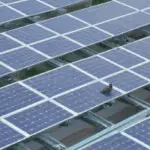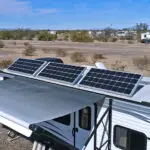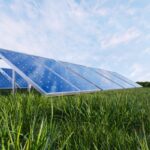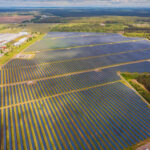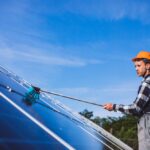Building a solar farm is an exciting and rewarding project that can provide clean energy for thousands of homes and businesses. However, the process of building a solar farm can be complex and time-consuming, with many factors influencing how long it takes to complete it. In this blog post, we’ll explore how long does it take to build a solar farm, the various stages involved, and all the factors that affect the timing.
Time Required to Build a Solar Farm
Building a solar farm takes about 1 to 3 years. However, it can change based on how big and complicated the project is. Smaller solar farms might take around a year, while bigger ones can take a few years. A lot of things, like planning, getting permission, buying stuff, building, and testing, all play a part in how long it takes to make a solar farm.
Factors That Affect the Time Required for Building Solar Farms
Stage 1: Planning and Development
The first stage of building a solar farm is planning and development. This stage involves identifying a suitable location for the solar farm, conducting environmental impact assessments, and obtaining necessary permits from local authorities. The duration of this stage can vary widely depending on the complexity of the project and the speed at which the relevant authorities process the applications. On average, it can take anywhere from several months to a year or more to complete the planning and development stage.
Stage 2: Site Preparation
Once the plans are approved, the next step is site preparation. This includes clearing the land, removing any debris or obstacles, and grading the terrain to ensure it’s level and stable. Depending on the size of the solar farm, this stage can take several weeks to a few months.
Stage 3: Installation of Solar Panels
The installation of solar panels is the most critical stage of building a solar farm. This stage involves finalizing the solar farm design and installing the photovoltaic (PV) panels, inverters, and other equipment needed to convert sunlight into electricity. The duration of this stage depends on the number of panels being installed and the availability of labor. Typically, it can take several weeks to a few months to install the solar panels, depending on the scale of the project.
Stage 4: Electrical Work
After the solar panels are installed, electricians need to connect them to the grid and configure the system to ensure it’s safe and efficient. This stage also includes testing and commissioning the system to make sure everything is working correctly. Depending on the complexity of the electrical work, this stage can take several days to a few weeks.
Stage 5: Maintenance and Monitoring
Finally, once the solar farm is up and running, maintenance and monitoring are crucial to ensuring its optimal performance. This includes regular inspections, cleaning the solar panels, and monitoring the system’s output. Ongoing maintenance and monitoring can take place over the lifetime of the solar farm, which can last for 25 years or more.
Factors Affecting Solar Farm Construction Time
Several factors can influence how long it takes to build a solar farm. These include:
Size of the Project – Larger solar farms require more time and resources to construct than smaller ones.
Location – Remote locations may require additional time and expenses for transportation and logistics.
Weather Conditions – Inclement weather can slow down construction, particularly during site preparation and panel installation.
Permitting Process – Delays in obtaining necessary permits can prolong the planning and development stage.
Availability of Labor – Shortages of skilled labor in the area can delay the installation of solar panels and electrical work.
Technology Used – Different types of solar panels and technology can affect the construction timeline. For example, using cutting-edge technology like bifacial panels may require specialized expertise and longer installation times.
Budget Constraints – Limited budgets can lead to delays in procurement and construction, as contractors may need to prioritize cost-effective materials and labor.
Conclusion
Building a solar farm requires careful planning, precise execution, and ongoing maintenance. While the construction process can take several months to a year or more, the benefits of renewable energy production make it a worthwhile investment. By understanding the various stages involved in building a solar farm and the factors that can influence construction time, developers and investors can better plan their projects and contribute towards a sustainable future.

